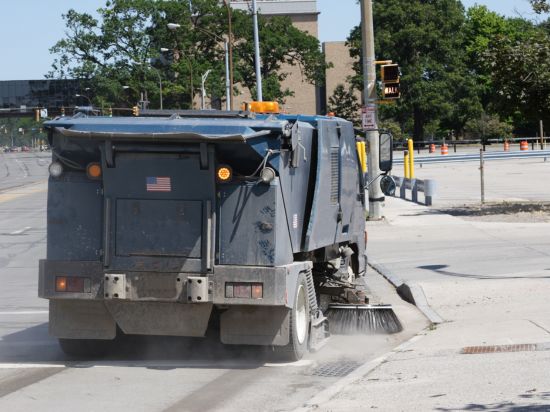Ensuring safety on a construction site is a big responsibility for site managers and crew members. It’s a legal obligation and a moral imperative to protect the workforce. Accidents can lead to injuries, financial penalties, and setbacks that affect project timelines. Strict safety protocols for site managers and construction workers should be non-negotiable. Here are six simple ways to keep your construction site safe.
1. Conduct Regular Safety Inspections
Safety inspections are like regular health check-ups for your worksite. They help you identify and rectify potential hazards before they worsen. Develop a comprehensive safety checklist covering everything from the state of machinery to the condition of the site.
Schedule safety inspections and conduct spontaneous ones. Moreover, documenting these inspections provides a basis for comparison and improvement over time.
2. Provide Safety Equipment
Each construction worker should have the appropriate safety gear for their job. Equipment includes hard hats, high-visibility clothing, and safety harnesses, among other essentials. Safety equipment is a barrier against harm, so wearing it is non-negotiable.
Your crew should wear gear that fits and is in good condition for its functionality. Regular training sessions on the use and care of equipment are key.
Speaking of functional equipment, hire a construction street sweeper to keep your site clear of debris and remove all waste from the ground.
3. Establish Clear Communication Channels
Effective communication is instrumental in upholding safety standards. It is a two-fold approach: top-down directives and issues reported from the bottom up. Use signs, labels, and symbols to indicate potential hazards around the work site.
Regular meetings before shifts provide a platform for workers to discuss safety matters. An open-door policy for safety concerns can help you address potential safety threats.
4. Offer Training and Education
It’s not enough to provide safety gear; education in its correct usage is just as crucial. Train your construction team on the operation of gear and equipment. Also, explain construction plans and procedures, and go over OSHA regulations and safety standards. Regular refreshers and updates to training programs keep everyone informed about the latest safety protocols and equipment use.
5. Encourage a Culture of Safety
Safety awareness should permeate every aspect of the construction site, from the most senior managers to the entry-level laborers. This culture comes through consistent leadership, incentives for safe practices, and a team that openly discusses and learns from safety incidents. Building a safety culture ensures everyone feels personally responsible for the well-being of themselves and their team.
6. Regularly Review and Update Safety Policies
Safety is dynamic, with new risks arising as the project develops. As a site manager, you should continuously evaluate and update safety policies to address emerging hazards. Base revisions on incident and near-miss reports, inspection findings, and input from the workforce. You can prepare for and prevent accidents by keeping safety policies current and relevant.
Safety is not just a set of rules; it’s a mindset and commitment that everyone on the construction site upholds. By adopting these six principles, your construction site team can ensure the safety and well-being of all.

